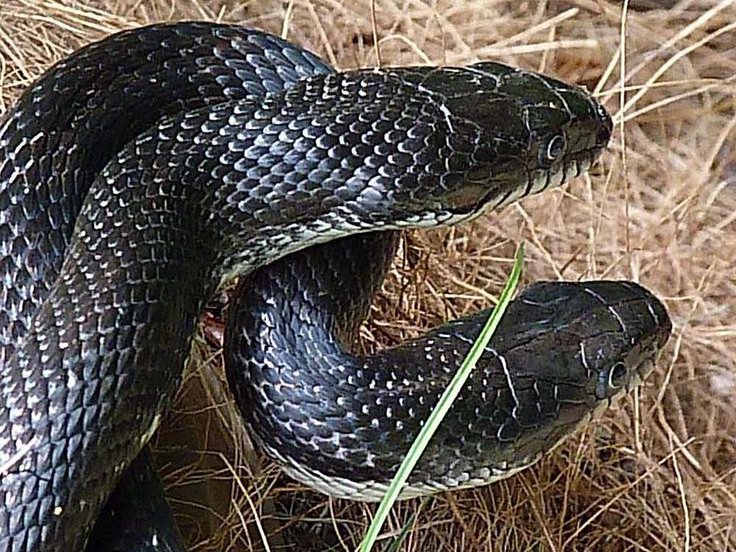Snakes are mysterious and quiet creatures, and if you’re a new reptile owner, you might find yourself wondering, “Is my snake sleeping?” Unlike dogs or cats, snakes don’t close their eyes or curl up in a bed, so their rest can be hard to recognize. Understanding the signs of snake sleep can help ensure you’re providing the right care and environment for your pet.
Let’s explore how to tell if a snake is asleep, what snake sleep looks like, and how to support healthy rest habits for your reptile friend.
Do Snakes Sleep?
Yes, snakes do sleep, though not in the way mammals do. Since snakes don’t have eyelids, they can’t blink or close their eyes. Instead, a protective scale called a spectacle covers the eye, giving the appearance of a constant stare. Despite that, snakes go through rest cycles where their bodies slow down and they become less responsive — essentially, their version of sleep.
Snakes are also ectothermic (cold-blooded), meaning their body temperature and activity level are strongly influenced by their environment. This can make it even trickier to tell whether they’re sleeping or just basking.
How to Tell If Your Snake Is Sleeping
Here are the most common signs that your snake is asleep:
1. Lack of Movement
A sleeping snake will often lie still for long periods. If your snake usually explores its enclosure but is now motionless in a coiled or stretched position, it may be resting.
2. Unresponsiveness to Light or Movement
Try gently waving your hand near the glass or softly tapping the enclosure. A sleeping snake may not respond right away.
3. Slow Breathing
While snakes don’t breathe as visibly as mammals, a sleeping snake’s breathing tends to be slower and more rhythmic.
When to Be Concerned
While motionlessness is usually normal during sleep, prolonged inactivity, lack of appetite, labored breathing, or a change in coloration can signal illness. If you’re unsure whether your snake is sleeping or unwell, consult a reptile veterinarian.
Final Thoughts
If you’ve ever asked, “Is my snake sleeping or just still?”—you’re not alone. With no eyelids or clear sleep posture, snakes can be hard to read. But by observing their behavior closely, recognizing their rest patterns, and creating a supportive environment, you can help your snake live a healthy and restful life.
Learn More
Visit trusted reptile care sites like petniq.com or consult a local exotic vet for more tips on understanding your snake’s behavior.
